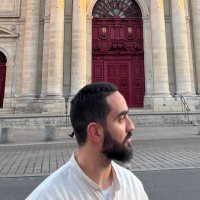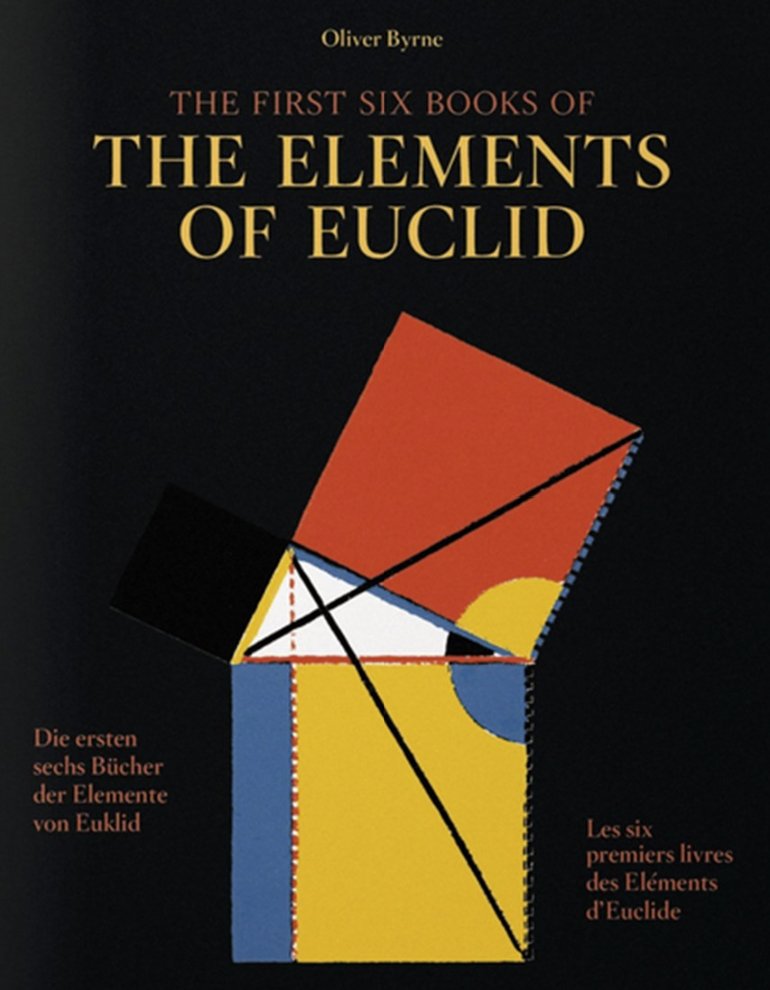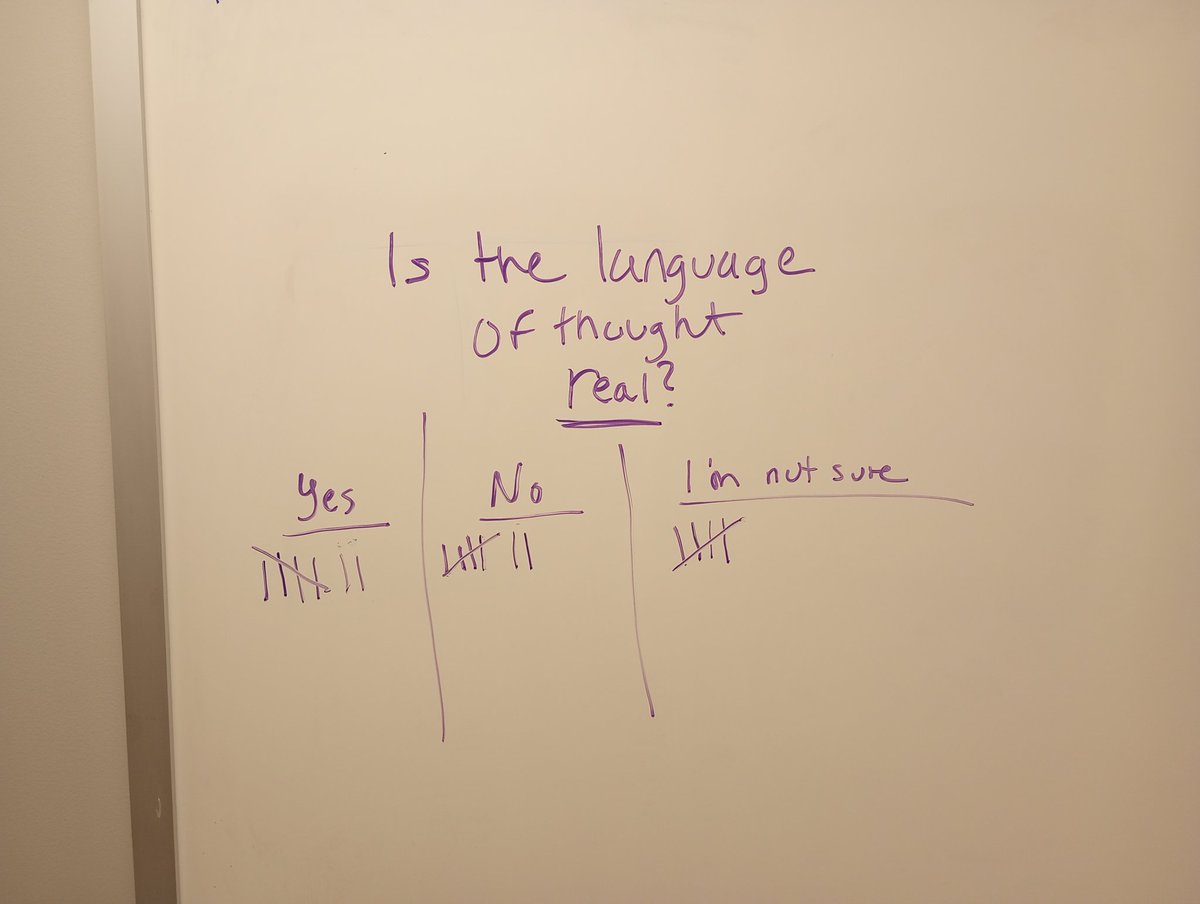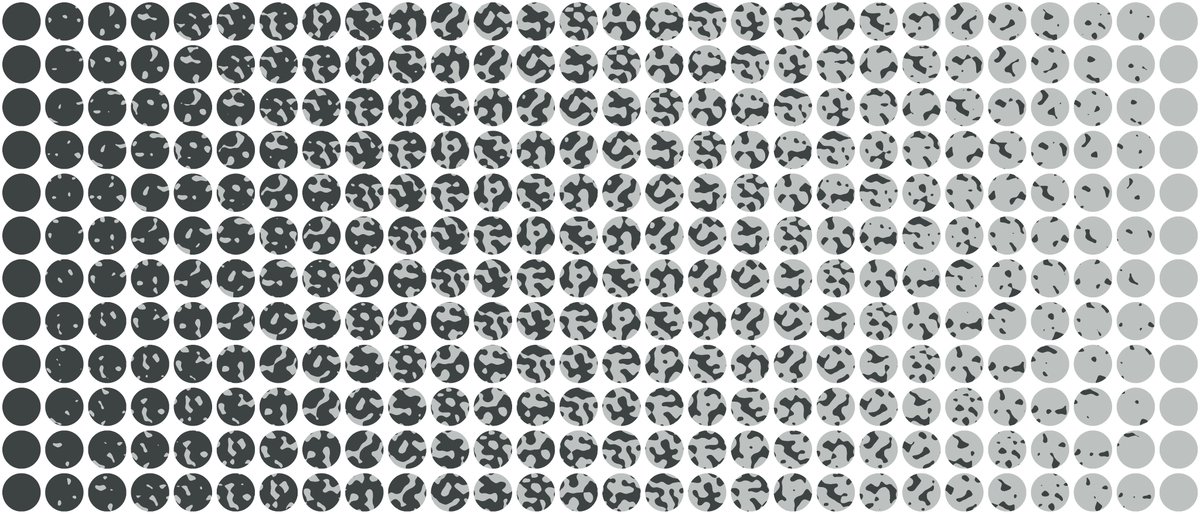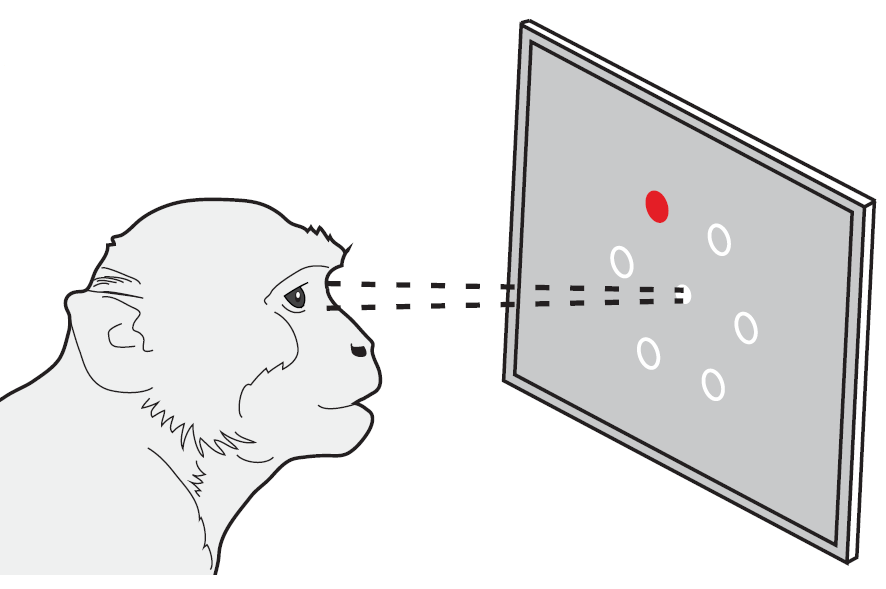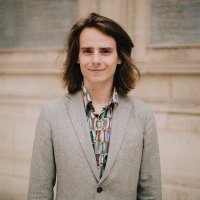
Mathias Sablé-Meyer
@msablemeyer
Postdoc working on human cognition about abstract concepts at @behrenstimb's lab. Cog/comp-(neuro)scientist wannabe. Climber.
ID: 1359505450853683200
https://s-m.ac/ 10-02-2021 14:12:35
179 Tweet
489 Followers
184 Following
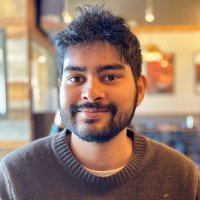
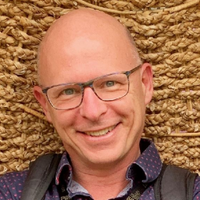



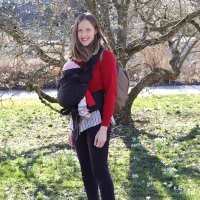
Happy to share my new first-author paper on visual sequence representation in the prefrontal cortex. Thanks to my collaborators Fanis Panagiotaropoulos Timo van Kerkoerle Stanislas Dehaene @standehaene.bsky.social @bechirjarraya and @jo_bellet cell.com/cell-reports/f…



Come work with us! Looking for a 👉PhD student interested in finding out what makes human cognition special, studying symbolic thought, compositionality, behaviour &🧠Paul Muhle-Karbe Sarah Beck School of Psychology, University of Birmingham The Centre for Human Brain Health Lab meetings in 🌳👇 reach out by 24/5 more in🧵Please RT! 1/n
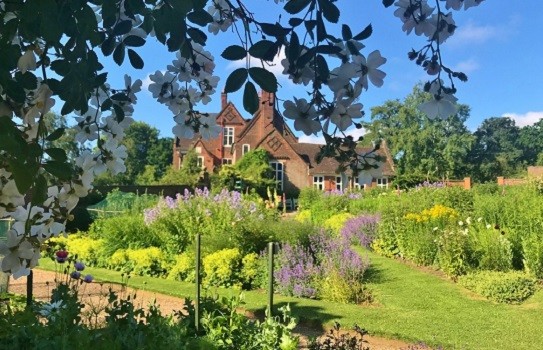

Let’s talk *c o m p o s i t i o n a l i t y * 🧵 Before #CogSci2024 CogSci Society and our workshop on compositionality in brains, minds, and machines, join us next week on Wed 26 June for 👉a special online session Compositionality in Maths & Nonlinguistic Reasoning 👈 1/n
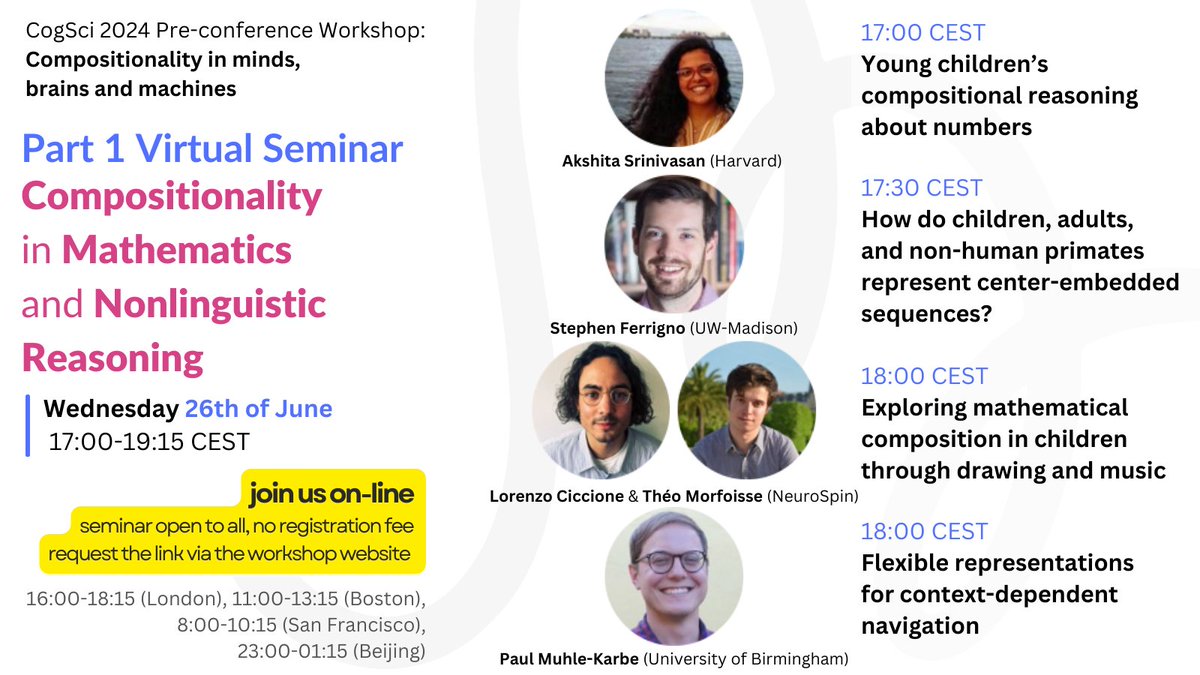

How do we infer perceptual absences? Do beliefs about perception play a role in such inferences? And how does it all relate to cellist Natalia Gutman’s career decisions? Find answers in our new preprint with Rani Moran and Clare Press @clarepress.bsky.social: osf.io/preprints/psya… A 🧵

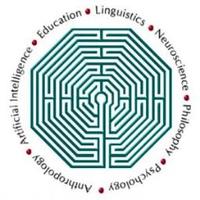
#Workshop at #CogSci2024 Compositionality in Minds, Brains and Machines: A unifying goal that cuts across Cognitive Sciences Organisers: Barbara Pomiechowska 🇪🇺, Rachel Dudley, Lio Wong, and Mathias Sablé-Meyer Visit …hop-compositionality-cogsci-2024.info to learn about the program, speakers and more!
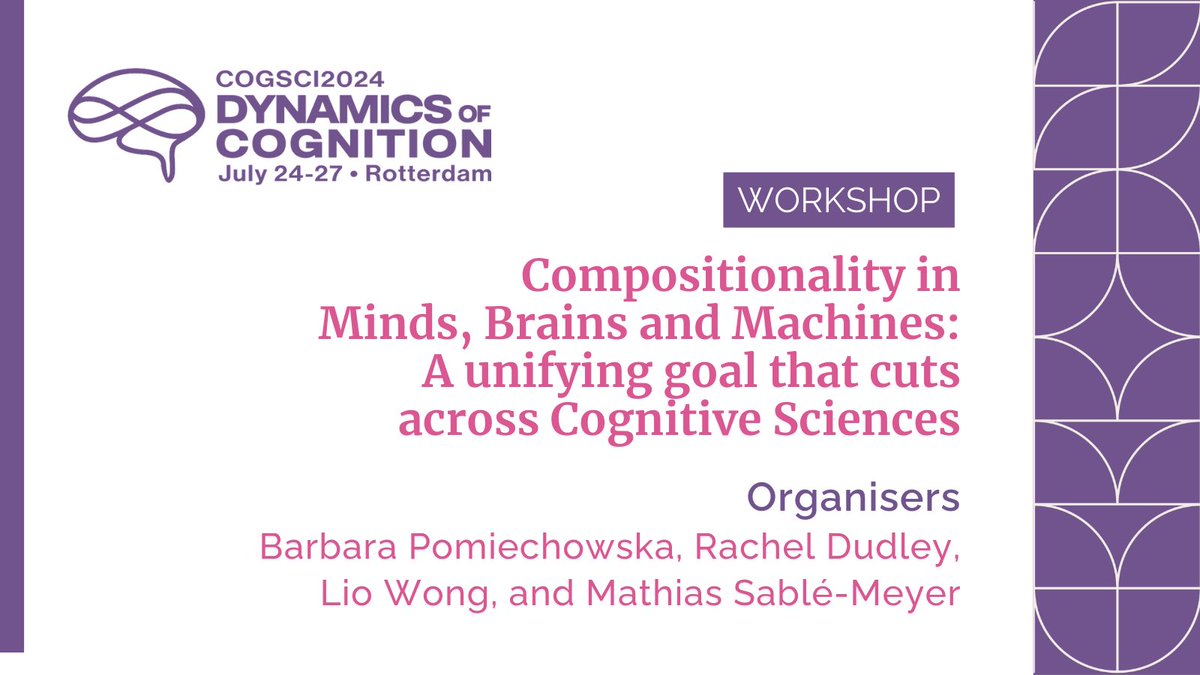

Absolutely thrilled to share the program of our #CogSci2024 CogSci Society workshop 👉 doors open @ 8:30 👉 welcome @ 8:45 👉 talks++ @ 9:00 Brenden Lake Liina Pylkkanen AKJagadish Isabelle Dautriche @FoscaAR Mohamady El-Gaby HWang Li-Ping Wang Noémi Éltető KEllis Mathias Sablé-Meyer LWong School of Psychology, University of Birmingham 1/2


Ahead of the event, brush up on Compositionality by watching replays of our online session from a month ago, featuring Akshita Srinivasan, Stephen Ferrigno, Lorenzo Ciccione, Théo Morfoisse and Paul Muhle-Karbe! Find the links on …hop-compositionality-cogsci-2024.info


1/🧵How early do children grasp mathematical patterns? Our latest study with Stanislas Dehaene @standehaene.bsky.social, Marie Lubineau and Théo Morfoisse explores how young children’s drawings reveal their understanding of geometric patterns—from simple lines to complex curves like sinusoids and exponentials
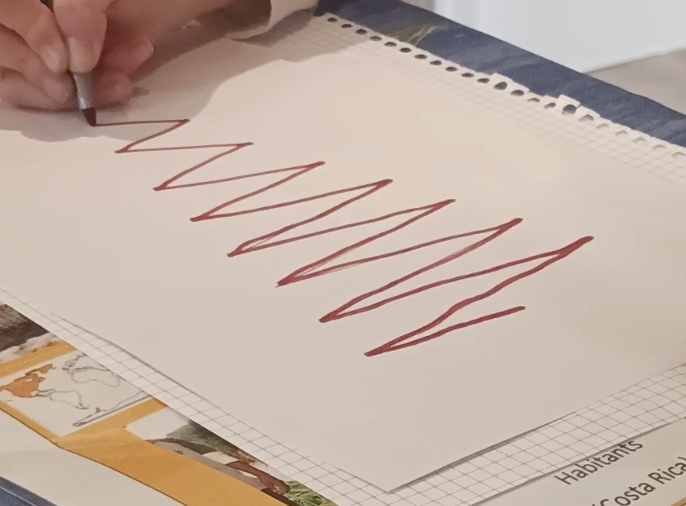

Help friends and colleagues better understand how humans process language! Good Old Fashion Psycho-Linguistics (GOFPL) with a fun hypothesis, but we promise there will be LLMs in the paper eventually 🤖 Participate: neurospin-data.cea.fr/exp/jabber/ Share around to native English speakers!

New ARC-AGI paper ARC Prize w/ fantastic collaborators Wen-Ding Li @ ICLR'25 Keya Hu Zenna Tavares evanthebouncy Basis For few-shot learning: better to construct a symbolic hypothesis/program, or have a neural net do it all, ala in-context learning? cs.cornell.edu/~ellisk/docume…

